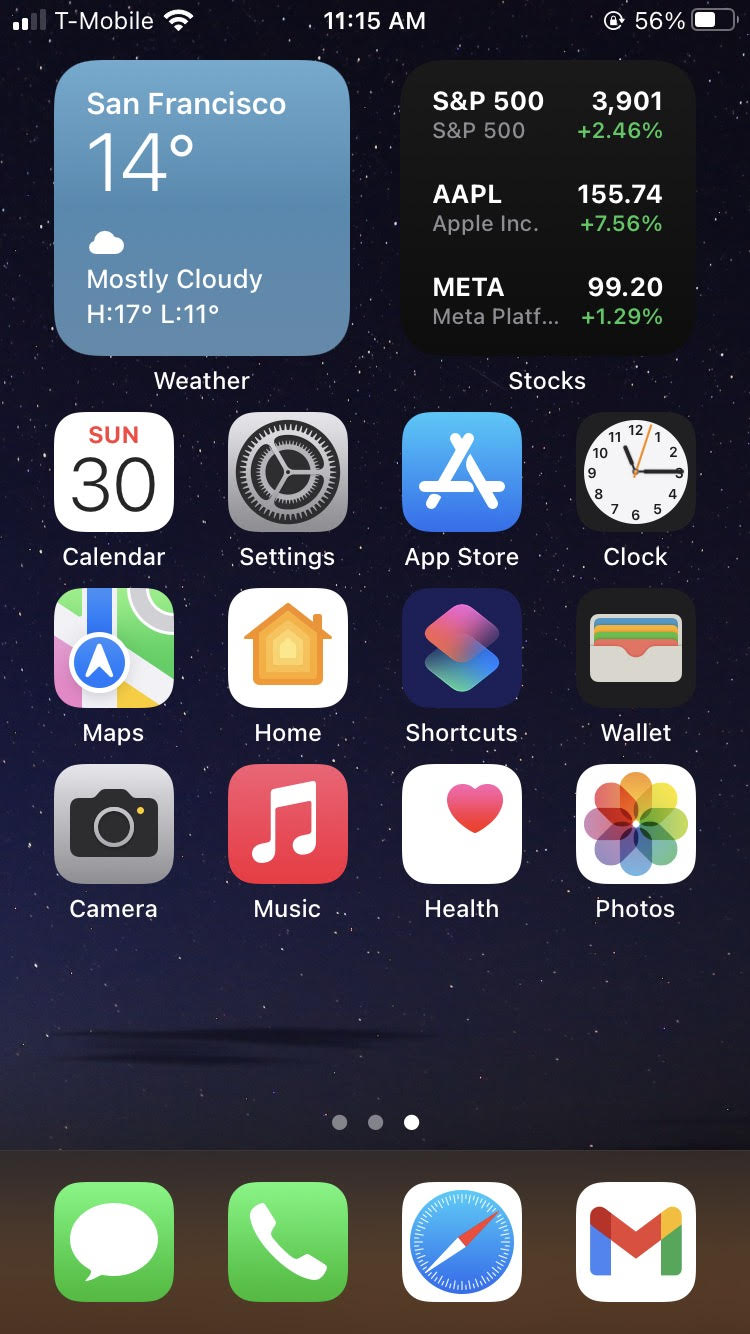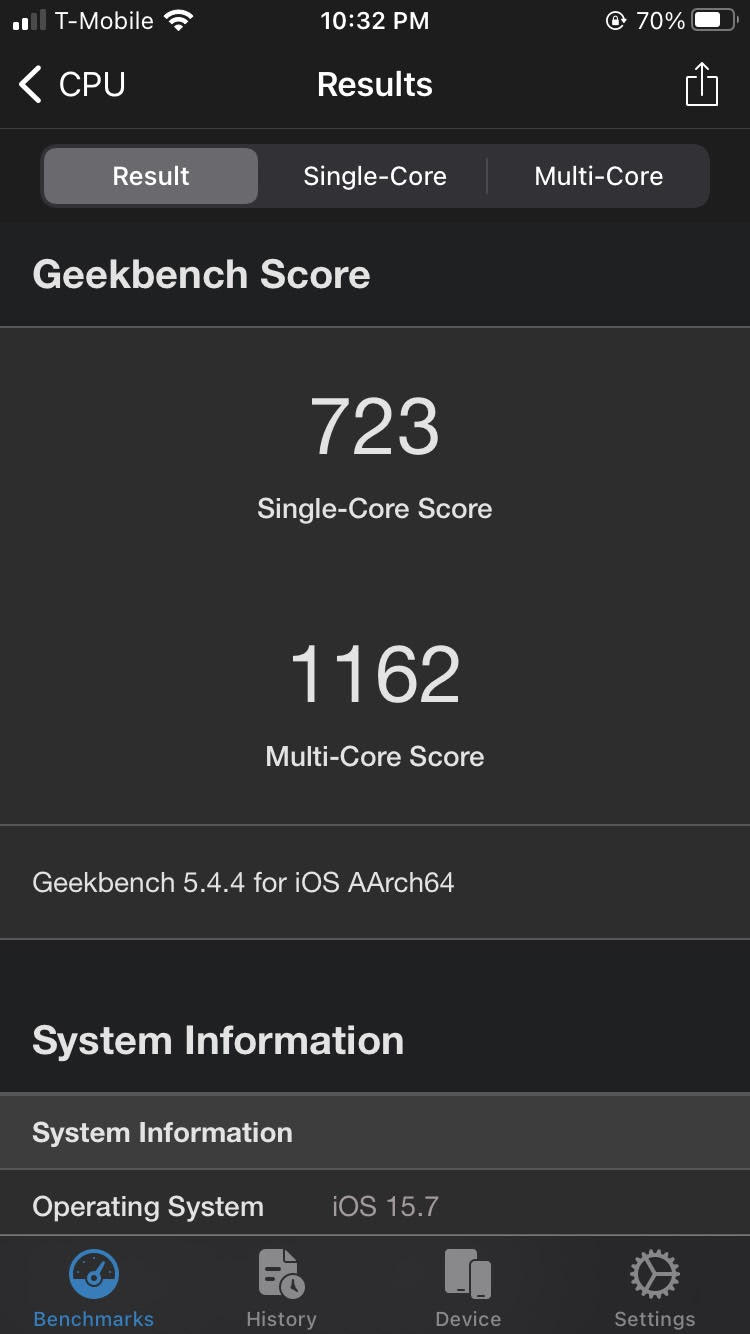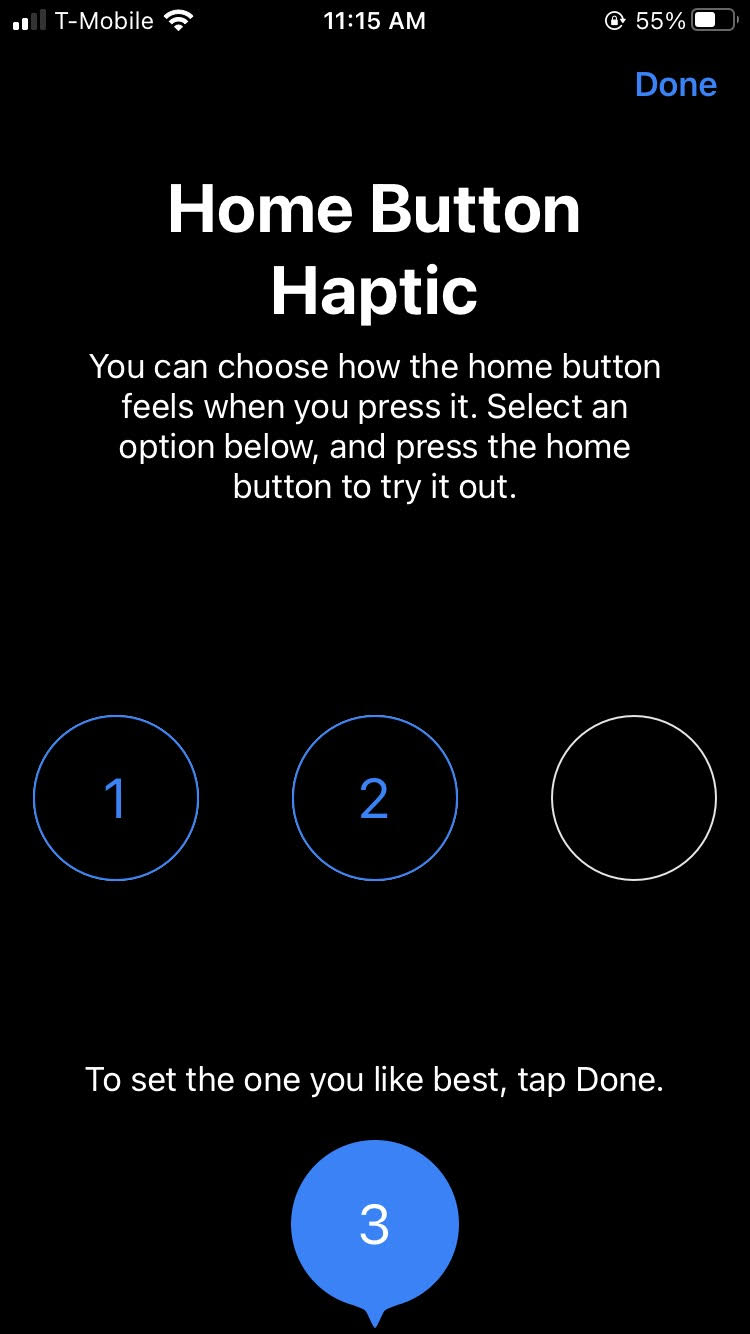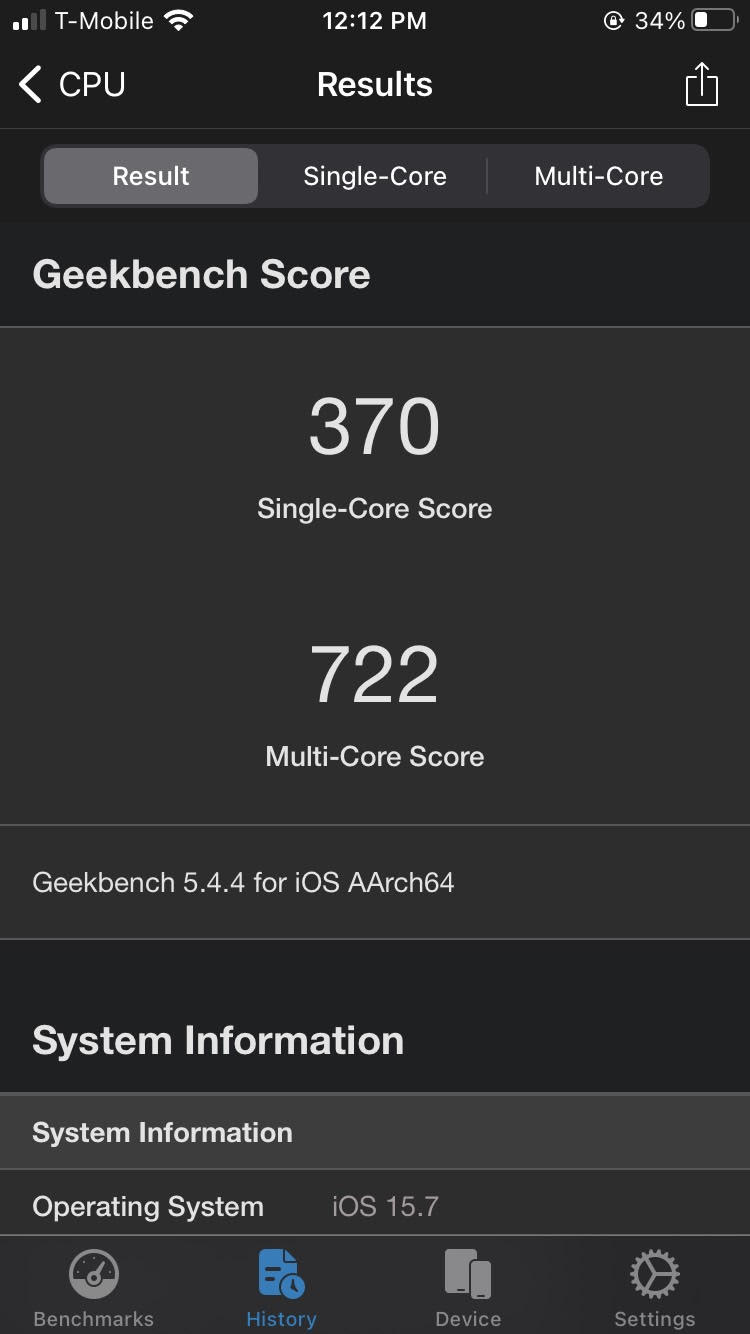iPhone 7 Review: 6 Years Later
Reliving 2016.

It’s the best iPhone that we have ever created.
― Tim Cook, at the Apple Special Event on September 7, 2016
I picked up an iPhone 7 Jet Black 128GB model for $749 plus tax on October 16, 2016 to replace my battery-swelling iPhone 5. As my daily driver of the next 6 years, it managed to do its job decently for the most part, serving as the primary access point to phone/video calls, social networks and the Internet in general, although the phone did begin to struggle toward its final days.
With the release of iOS 16 in September 2022, Apple officially dropped its support for the iPhone 7 series, concluding the lifecycle of the 2016 product - well, so did I. Today, I am taking one last look at the phone in my pocket for the longest time, revisiting its launch, design choices and 6-year service, as well as hints of its influence on the products that followed, before locking it away in the pantheon of digital history.


iPhone 7 running iOS 15.7 (home screen)
Launch
On September 7, 2016, Tim Cook unveiled the iPhone 7 series at the Bill Graham Civic Auditorium in San Francisco. The next lineup in the iPhone family would include the regular iPhone 7 and the bigger iPhone 7 plus. Either model came equipped with an A10 Fusion chip that was, in Apple’s words, 40% faster than its predecessor A9 found in the iPhone 6s (2015) or iPhone 6s Plus (2015). Both of them also featured a 12-megapixel camera capable of optical image stabilization, something only available to the Plus model previously, but the 7 Plus model offered one additional 12-megapixel telephoto camera and portrait mode to create bokeh in photos. In addition, the iPhone 7 series introduced a haptic home button, stereo speakers, and a water-and-dust-resistant body, all for the first time on an iPhone.

Geekbench score of the A10 Fusion chip (when battery is sufficiently charged)
Headphone Jack
One of the biggest controversies surrounding the launch of iPhone 7 was its headphone jack, or the absence of one. Phil Schiller, Apple’s senior vice president of worldwide marketing, indeed sounded a little defensive when he took three whole minutes on stage characterizing it as a “courageous” move to challenge the long-established practice. Since then, Apple doubled down on the design with every subsequent iPhone release. The bet paid off. The Android camp fought back for a year or two before giving in eventually. Consumers have also learned to embrace the age of wireless audio, to the point where today, a headphone-jack-less phone has become all but the new default, at least among flagship smartphones on the market. History will remember that it all began with this phone.
| Model | Year | Have a headphone jack? |
|---|---|---|
| iPhone 14 Series | 2022 | No |
| Samsung Galaxy S22 Series | 2022 | No |
| Samsung Galaxy Z Flip 4 & Z Fold 4 | 2022 | No |
| Google Pixel 7 Series | 2022 | No |
| OnePlus 10 Series | 2022 | No |
| Moto Edge+ | 2022 | No |
An incomplete survey of major smartphones on the market in 2022
Home Button and Touch ID
The removal of a headphone jack, according to Phil Schiller, freed up enough of the precious internal space in order to make room for another ingenious design: an immoveable yet clicky home button. Gone were the mechanical home buttons common to all iPhones prior, probably one of the most vulnerable parts of the hardware. The new, improved button was physically incapable of movement of any sorts, but the “taptic engine” inside would instead provide a subtle, vibrational feedback whenever the home button was pressed. The end result was an unmistakable impression of tactile “clicky-ness”. It just felt right.

Configuration of the strength of the haptic feedback
Meanwhile, biometrics-based identification as a whole has only become more ubiquitous than ever six years later. The Touch ID technology that began with iPhone 5s (2015), along with its successor, Face ID introduced with iPhone X (2017), made it virtually impossible to go back to a time when the safety of data in your phone meant having to type a passcode each time it needed to be unlocked. Between the two though, I still have a slight preference for Touch ID, due to its versatility and the attention-free unlocking experience.
Camera
iPhone 7 has a 12-megapixel camera, the pixel count of which was first introduced with the iPhone 6s series a year earlier and from there, remained unchanged until the iPhone 14 Pro line in 2022. Quality-wise, it’s what you can expect from an entry-level model of iPhone. It shoots sharp pictures with vibrant color under well-lit conditions. At night, the camera can still impress you with its optical image stabilization, but it might take a few attempts to get the perfect shot.






Durability
Battery is where the 6-year-old phone truly shows its weakness. In 2016, iPhone 7 was claimed to have longest battery life ever on an iPhone, which feels surreal today. In fact, the battery health has become so concerning that in the past year or so, I wouldn’t dare going outside without a power bank for an extended period of time. The worst part is that the phone seems to have lost its ability to gauge how much juice is left in the battery. Sometimes it can still go on for a few more hours with a terrifying “1%” in the top-right corner, reminding me of its age.
Shortly after iPhone 7’s launch, the battery of an iPhone would emerge at the center of a controversy dubbed “batterygate”. For years there had been anecdotal evidence suggesting that older models of iPhone became increasingly slower with each iOS upgrade, leading people to speculate that it was a conscious decision by Apple to encourage people to buy a new one prematurely, a practice known as “planned obsolescence”. The incident culminated with Apple’s apology in December 2017 in which the company promised to offer battery replacements at a reduced cost for a year and better transparency on battery and performance management in the future. Today, battery-induced performance throttling is still very much a thing. The phone performs about 40-50% slower when the system decides so, even without low battery mode kicking in.


Left: battery health after 6 years of degradation; right: Geekbench score of the A10 Fusion chip under CPU throttling conditions
Last but not least, about two years ago, the lightning port on my iPhone 7 lost its clutch power, resulting in a rather unstable connection between the cable and the body. This has led to more than a handful of frustrations when charging or driving, or charging while driving. It is not necessarily a problem worth fixing at this point. With USB-C iPhones heavily rumored, the lightning port might have finally run its course, following the footsteps of its predecessor, the 30-pin dock connector last seen on an iPhone 4s (2011).
Wrap-up
iPhone 7 was okay. The lack of headphone jack never became as big of a deal as many critics argued back then. The haptic engine made the home button the ultimate form of its former selves. The camera was sufficient for daily usage. Software support was average by iPhone’s standard (which means pretty good). It was neither as incremental as iPhone 8 (2017), nor as radical as iPhone X (2017). It was Apple doing what it does best - building a product and building it, in Steve Jobs’ words, at the intersection of technology and liberal arts.


iPhone 7 running iOS 15.7 (lock screen)
References
Wikipedia, “iPhone 7”
YouTube, “Apple – September Event 2016”
Engadget, “iPhone 7 and 7 Plus review: Apple (mostly) plays it safe”
The Verge, “iPhone 7 Review”
The Verge, “Taking the headphone jack off phones is user-hostile and stupid”
Wikipedia, “Batterygate”
Wikipedia, “Planned obsolescence”
The Verge, “Apple apologizes for iPhone slowdown drama, will offer $29 battery replacements for a year”
The Verge, “Apple confirms the iPhone is getting USB-C”